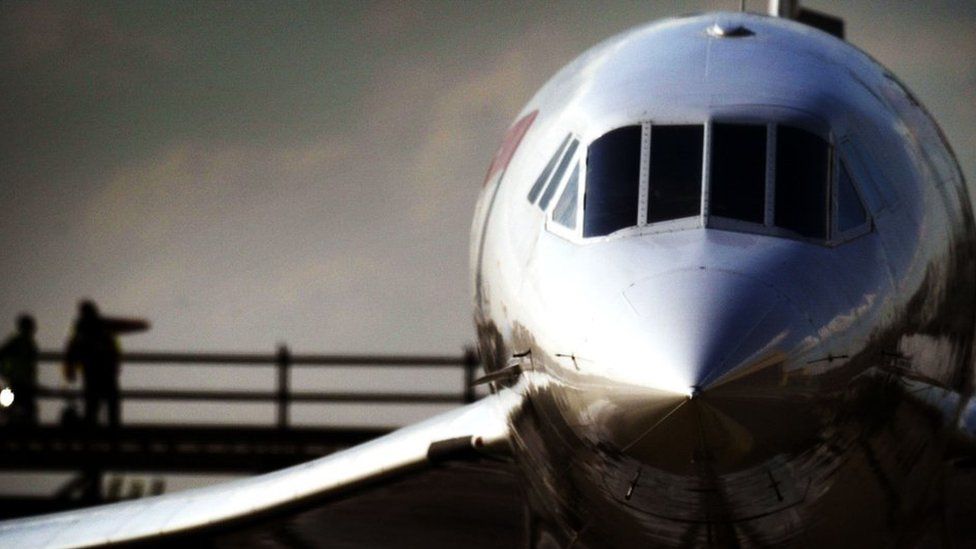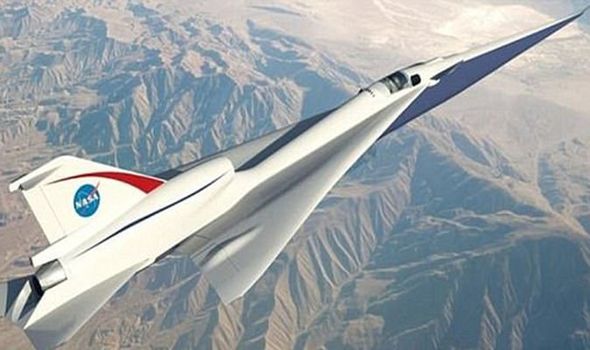|
Right now, it is still being built by NASA and aerospace company Lockheed Martin. It is tipped to soar through the skies faster than the speed of sound – a supersonic pace. This is just like what the original Concorde did before flights were stopped in 2003. The Concorde could fly from London to New York in a staggering three hours. And it could do so without giving off a loud sonic boom. That is because the X-59's engine is intentionally designed to sit in the upper section of the craft. This means it would produce a quieter 'thump' while travelling at speeds of around 1,074 miles per hour. And its 30-foot-long nose has also been designed to keep shockwaves down to a minimum. These are sparked by the movement of air particles when an aircraft travels faster than the speed of sound (767 miles per hour). Sonic booms generate colossal amounts of sound energy, at about 110 decibels. That is similar to the sound of an explosion or a thunderclap. Back when Concordes were in action, they would sometimes break the sound barrier and boom out the enormous noise. When fully built, it will measure 94ft long with a 29.5ft wingspan. NASA released an update on the recent tests online. Clayton Meyers, deputy project manager of NASA's Commercial Supersonic Technology (CST) project, said: “This is the team’s opportunity to get data at the low sound levels produced in the tunnel.
“It all comes down to our ability to measure the thump.” John Wolter, lead researcher on the X-59 sonic boom wind tunnel test, said: “With the X-59, we want to demonstrate that we can reduce the annoying sonic booms to something much quieter, referred to as sonic thumps. “The goal is to provide noise and community response data to regulators, which could result in new rules for overland supersonic flight. “The test proved that we don’t just have quieter aircraft design, but that we also have the accurate tools needed to predict the noise of future aircraft.” The scaled-down model is set to journey to Tokyo for more wind tunnel verification testing with the Japan Aerospace Exploration Agency and Boeing. NASA and Lockheed Martin are in the process of finalising the build of the X-59 at the Skunk Works facility in California.
0 Comments
Leave a Reply. |
Send us an email at [email protected] if you want to support this site buying the original Division of Aero Patch, only available through this website!
All
|




 RSS Feed
RSS Feed